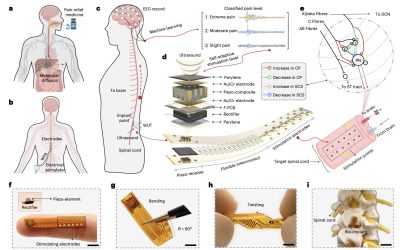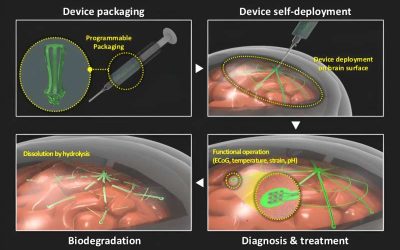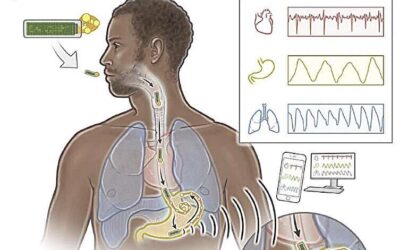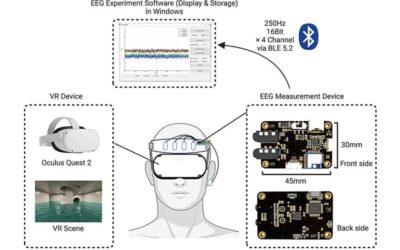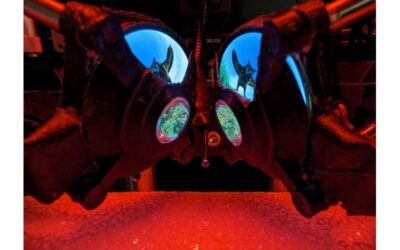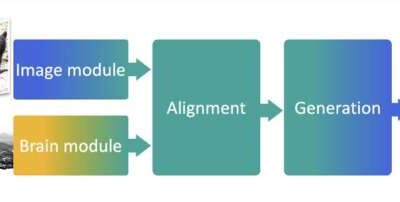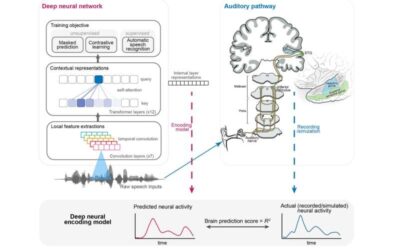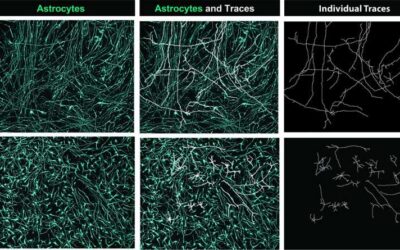Chronic pain conditions, characterized by persistent or recurrent pain in specific parts of the body, can be highly debilitating and often significantly reduce the quality of life of the individuals experiencing them. Statistics suggest that approximately 20.9% of...
Biomedical technology
Self-deployable, biodegradable electrode offers minimally invasive brain signal monitoring
Sensors that can be easily and safely introduced in the brain could have important medical applications and could also contribute to the development of brain-interfacing devices. While significant progress has been made toward the development of these sensors, most...
An ingestible device to record gastric electrophysiological activity
Recent technological advancements have enabled the development of new cutting-edge medical devices, including surgical robots, sensors that can monitor physiological processes and VR platforms to train doctors. A long-standing goal for medical technology engineers is...
A low-cost system to collect EEG measurements during VR experiences
Recent technological advances have enabled the development of increasingly advanced systems and devices for measuring brain activity in both research and medical settings. A concept that has been widely explored and yet not effectively realized is that of collecting...
Miniature VR goggles for mice could advance neuroscience research
Mice are among the animal species most employed in neuroscience studies, as they are mammals (i.e., their brain is in some ways similar to the human brain) and their genetics or behaviors can be easily manipulated in experimental settings. While training mice to...
Meta AI develops a non-invasive method to decode speech from brain activity
Recent technological advancements have opened invaluable opportunities for assisting people who are experiencing impairments or disabilities. For instance, they have enabled the creation of tools to support physical rehabilitation, to practice social skills, and to...
Study unveils similarities between the auditory pathway and deep learning models for processing speech
The human auditory pathway is a highly sophisticated biological system that includes both physical structures and brain regions specialized in the perception and processing of sounds. The sounds that humans pick up through their ears are processed in various brain...
Organic LED and CMOS-based optogenetic stimulation probes with single-neuron resolution
Optogenetics are advanced research tools that allow scientists to precisely control the activity of brain cells using light. Over the past few years, optogenetic techniques have become increasingly advanced, leading to exciting new discoveries about the brain and its...
Study identifies ligand-receptor pairs driving the development of astrocytes
Astrocytes are a type of glial cell in the central nervous system that clear excess neurotransmitters, promote the formation of synapses (i.e., connections between neurons), and perform other functions. The development of astrocytes, like that of other glial cells, is...
Exploring the use of robots to guide loving-kindness and walking meditation practices
Meditation practices can often positively influence the lives of practitioners, for instance, improving their emotional well-being, reducing stress levels and increasing their focus on daily activities. While some meditators practice in silence without any external...

